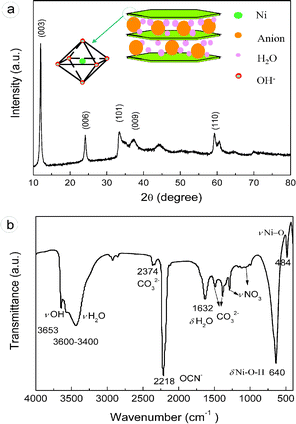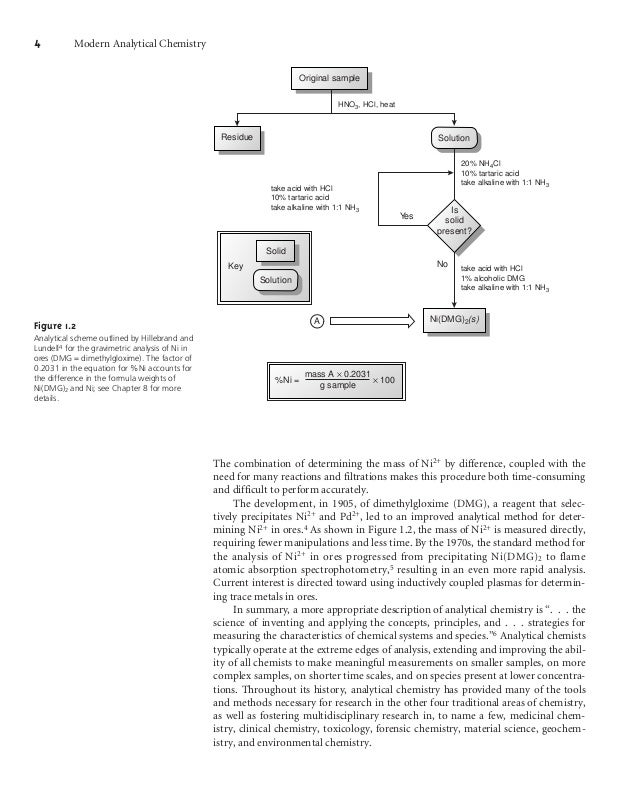Ni No3 2 H-dmg
| Names | |
|---|---|
| IUPAC name | |
Other names
| |
| Identifiers | |
| |
| ChEMBL | |
| ChemSpider |
|
| ECHA InfoCard | 100.002.201 |
| EC Number | |
PubChemCID | |
| RTECS number |
|
| UNII | |
CompTox Dashboard(EPA) | |
| |
| |
| Properties | |
| C4H8N2O2 | |
| Molar mass | 116.120 g·mol−1 |
| Appearance | White/Off White Powder |
| Density | 1.37 g/cm3 |
| Melting point | 240 to 241 °C (464 to 466 °F; 513 to 514 K) |
| Boiling point | decomposes |
| low | |
| Structure | |
| 0 | |
| Hazards | |
| Main hazards | Toxic, Skin/Eye Irritant |
| Safety data sheet | External MSDS |
| GHS pictograms | |
| GHS Signal word | Danger |
| H228, H301 | |
| P210, P240, P241, P264, P270, P280, P301+310, P321, P330, P370+378, P405, P501 | |
| NFPA 704 (fire diamond) | |
| Related compounds | |
| Hydroxylamine salicylaldoxime | |
Except where otherwise noted, data are given for materials in their standard state (at 25 °C [77 °F], 100 kPa). | |
| verify (what is ?) | |
| Infobox references | |
Its abbreviation is dmgH 2 for neutral form, and dmgH for anionic form, where H stands for hydrogen. This colourless solid is the dioxime derivative of the diketone butane-2,3-dione (also known as diacetyl). DmgH 2 is used in the analysis of palladium or nickel. Its coordination complexes are of theoretical interest as models for enzymes and as. Jun 09, 2011 Can some one please explain to me how to get the net ionic equations for the following reactions. 1) Fe(NO3)3 + KSCN 2) Ni(No3)2 + NH3 3) Ni(NH3)6 + HCl 4) Co(NO3)2 + HCl Including the full chemical equations and full ionic equations would probably also be helpful so I can follow how you got your answer. Zn(s)+Ni(NO3)2(aq)=Zn(NO3)2(aq)+Ni(s) (Use the lowest possible coefficients. Use the pull-down boxes to specify states such as (aq) or (s). If a box is not needed, leave it blank.) 1.b.The following molecular equation represents the reaction that occurs when aqueous solutions of lead(II) nitrate andammonium iodide are combined. Stepwise construction of grid-type Cu(II)-Cd(II) heterometallic MOFs based on an imidazole-appended dipyrrin ligand Article in Chemical Communications 48(83):10313-5 September 2012 with 40 Reads. Dec 30, 2017 I'm assuming the oxidation state of lead is 2+. So lead nitrate’s chemical formula is Pb(NO3)2. Potassium Chromate’s chemical formula is K2CrO4. This reaction is a double displacement. United states. Securities and exchange commission. Washington, d.c. Form 6-k report of foreign private issuer. Pursuant to rule 13a-16 or 15d-16.
Is dmg soluble in water heater. Sep 15, 2017 Ni(DMG)2 is a neutral complex (Its abbreviation is dmgH2 for neutral form, and dmgH for anionic form, where H stands for hydrogen) that are typically insoluble because there are no charges on the complex that polar water molecules can bind to and solvate the ion. The ligand has an O-H group that could potentially assist in the solvation by H-bonding to solvent water.
Ki/i2
Dimethylglyoxime is a chemical compound described by the formula CH3C(NOH)C(NOH)CH3. Its abbreviation is dmgH2 for neutral form, and dmgH for anionic form, where H stands for hydrogen. This colourless solid is the dioxime derivative of the diketone butane-2,3-dione (also known as diacetyl). DmgH2 is used in the analysis of palladium or nickel. Its coordination complexes are of theoretical interest as models for enzymes and as catalysts. Many related ligands can be prepared from other diketones, e.g. benzil.
Preparation[edit]
Dimethylglyoxime can be prepared from butanone first by reaction with ethyl nitrite to give biacetyl monoxime. The second oxime is installed using sodium hydroxylamine monosulfonate:[1]


Complexes[edit]
Dimethylglyoxime is used to detect and quantify nickel, which forms the bright red complex nickel bis(dimethylglyoximate) (Ni(dmgH)2). The reaction was discovered by L. A. Chugaev in 1905.[2]
Cobalt complexes have also received much attention. In chloro(pyridine)cobaloxime[3] the macrocycle [dmgH]22− mimics the macrocyclic ligand found in vitamin B12.
Ni No3 2 H-dmg 2
References[edit]
Nickel Nitrate
- ^Semon, W. L.; Damerell, V. R. (1930). 'Dimethylglyoxime'. Organic Syntheses. 10: 22. doi:10.15227/orgsyn.010.0022.CS1 maint: multiple names: authors list (link)
- ^Lev Tschugaeff (1905). 'Über ein neues, empfindliches Reagens auf Nickel'. Berichte der Deutschen Chemischen Gesellschaft. 38 (3): 2520–2522. doi:10.1002/cber.19050380317.
- ^Girolami, G. S.; Rauchfuss, T.B.; Angelici, R. J. (1999). Synthesis and Technique in Inorganic Chemistry: A Laboratory Manual (3rd ed.). pp. 213–215.